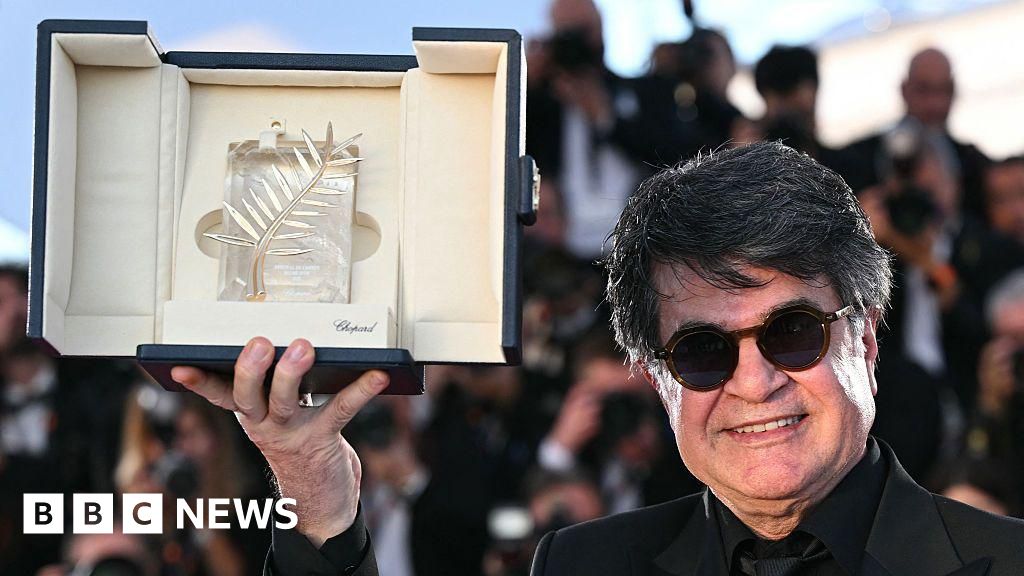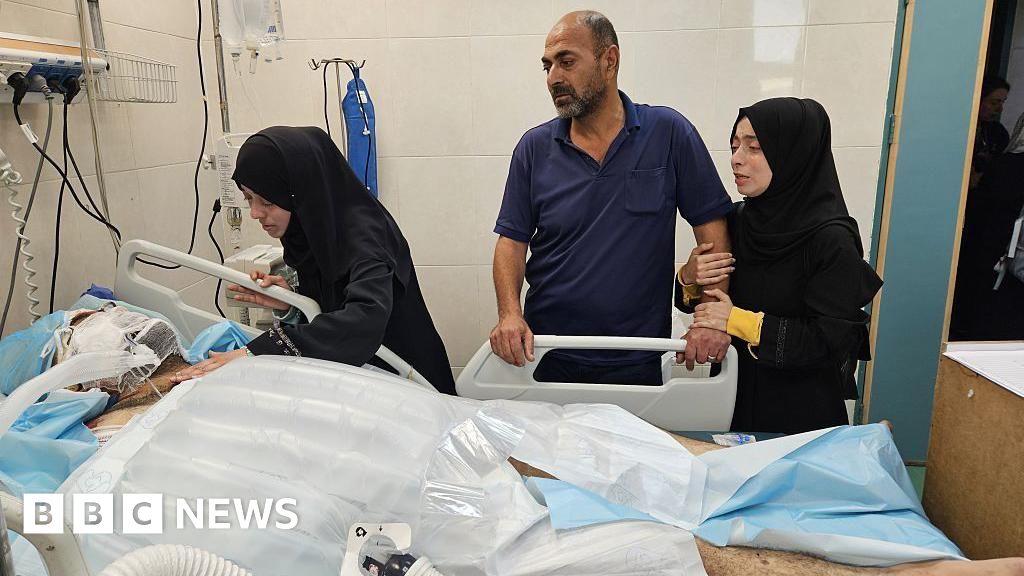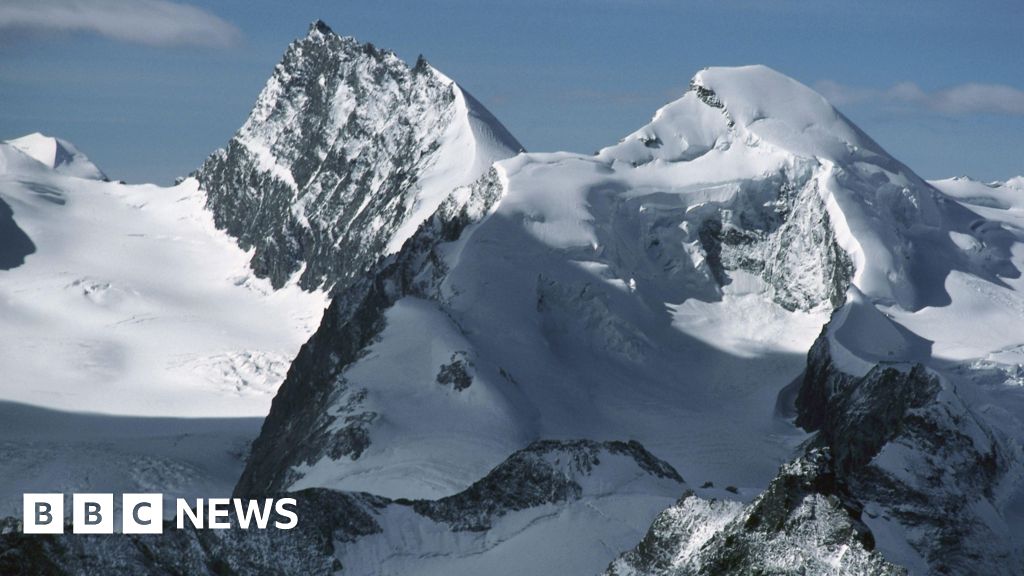ARTICLE AD BOX
By Stephanie Hegarty
Population correspondent
Image source, Getty Images
Image caption,Flooding in Bangladesh: The world's poorest 50% will have the lowest carbon footprint, the study says
The total carbon footprint of the richest 1% will grow while that of the poorest 50% stays small, a study says.
Emissions of the wealthiest are on track to be 30 times higher than what's needed to stop the planet from warming above 1.5C, according to the study.
The poorest 50%, however, will be most severely impacted by climate change.
The research, carried out by two European environmental agencies, comes as world leaders meet at the COP26 climate conference in Glasgow.
"A tiny elite appear to have a free pass to pollute," says Naftoke Dabi at Oxfam, which commissioned the study from the Stockholm Environment Institute and the Institute for European Environmental Policy.
"Their over-sized emissions are fuelling extreme weather around the world and jeopardising the international goal of limiting global heating."
Climate scientists warn that there is a finite amount of greenhouse gases that we can continue to release into the atmosphere before the planet warms to more than 1.5C from pre-industrial levels. By 2030, they say, we need to only emit as much carbon as the planet can absorb.
If this amount were split evenly and every adult on the planet had a share, by 2030 we could each emit 2.3 tonnes of carbon every year.
The super-rich - many of whom have multiple homes, private jets and superyachts - emit a lot more than others. A recent study that tracked the air travel of celebrities via their social media accounts found some emitted over a thousand tonnes a year.
But the global 1% are not just billionaires, or even millionaires - it includes anyone earning over $172,000.
This study also looked at the world's richest 10% - anyone earning over $55,000 - and found emissions were still high. The richest 10% will emit nine times more carbon than their share.
Image source, Traci Curth
Image caption,Traci Curth's family has three cars, which she says is normal for most American families
One example of people in the top 10% is the Curths, a family of five in the suburbs of Toledo, Ohio. Traci Curth, her husband and her teenage daughter each drive a car.
"The suburb I live in, that's pretty much how everyone gets around," says Traci.
Toledo has hot summers and cold winters, so the air-conditioning is on when the heating isn't. The family has a freezer loaded with chicken breasts and mince beef - they eat meat about four or five times a week.
"I would say that's pretty normal for most American families," says Traci.
Image source, Togonin Severin Togo
Image caption,Togonin, an English teacher and environmental educator, doesn't own a car and goes to work on moped
For English teacher Togonin Severin Togo in Kati, Mali, life is quite different.
Like 80% of people in the world he doesn't have a car - he travels to work on his moped.
"Cars are considered to be for rich people," he says.
He gave up meat recently, but before that he ate it just two or three times a week. And - like 90% of people around the world - he's never been on an aeroplane.
But he does worry about emissions from people burning waste in his city, where the waste management system is not functional, as well as the inefficient wood and gas burners used for cooking.
Oxfam's report found that it's the 40% in the middle doing the most to curb emissions.
While their carbon footprint rose significantly between 1990 and 2015, it is set to drop, thanks to changes being made at government level in sectors like transport and energy since the Paris climate agreement in 2015.
But governments need to do more, Oxfam's Naftoke Dabi says, calling for bans and taxes on "carbon-intensive luxury goods, such as mega-mansions, SUVs or space tourism".
"They need to tackle the emissions of the richest because they're hugely responsible for the climate crisis, and it's the poorest that are paying the highest price," she says.

 3 years ago
62
3 years ago
62








 English (US) ·
English (US) ·